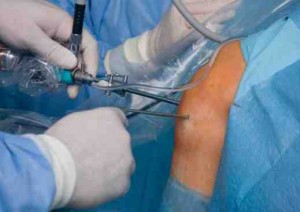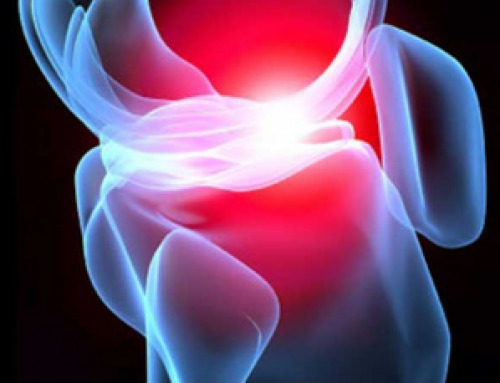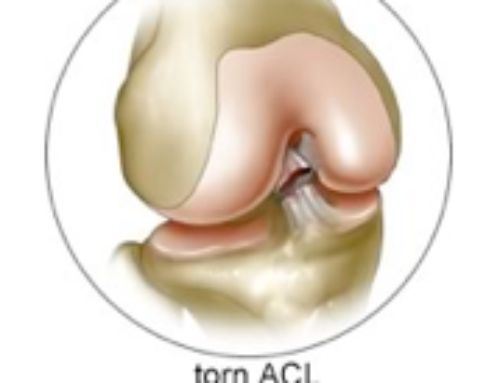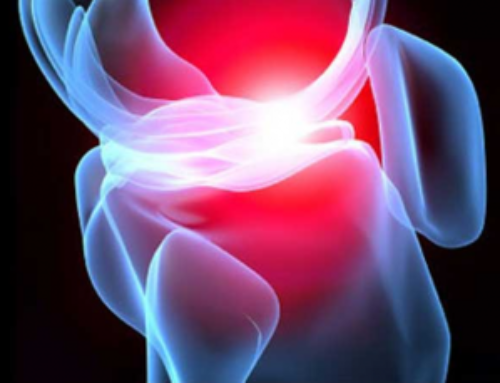by SportsDoc Raj
If you have knee pain, you’re just like one of other countless individuals who experience this issue each year. To make a correct diagnosis of your knee injury and to then operate to address your injury, your Beverly Hills orthopedic surgeon may need to use an arthroscope, or a fiber-optic instrument inserted to view your joint, in order to do both. However, are you familiar with all that a knee arthroscopy entails when it comes to the procedure itself?
Procedural Overview of a Knee Arthroscopy
Because a knee arthroscopy is specifically created to address one of many different knee conditions, part of the procedure is determining precisely what’s causing your pain. As a result, an arthroscope will be used to not only assist with the surgical repair of your knee, but to also find the source of the pain as well. The procedure typically lasts for approximately one hour, and will roughly follow these guidelines:
1.Anesthesia – As you might suspect, a knee arthroscopy involves anesthesia. However, there are options for you, as you can receive local anesthesia of just the knee, regional anesthesia, which numbs you below the waist, or general anesthesia, which puts you to sleep. By speaking with the anesthesiologist on staff, you can make the right decision for your comfort level and needs.
2. Small Incisions Made for the Arthroscope and an Official Diagnosis – After you have been anesthetized, your surgeon will make a few small incisions in your knee. This is to allow for the insertion of sterile solution to expand the knee joint and rinse away cloudy fluid that might be there. This vital step expands the knee joint to allow your surgeon to easily view your knee with the lighted arthroscope to determine what is causing your pain.
3. Treatment for Your Condition – Depending on what is causing your knee pain, your doctor will then operate on your knee if your condition needs surgery to be fixed. Other surgical tools will be inserted through the same incisions to repair tissue or possibly to cut, shave, or remove particles found in the joint.
 Conditions that may work very well with an arthroscopy may include meniscal tears, focal cartilage tears, ACL tears, and knee instability.
Conditions that may work very well with an arthroscopy may include meniscal tears, focal cartilage tears, ACL tears, and knee instability.
Knee Arthroscopy Helps You Get Back to Your Normal Life More Quickly
For most patients, a knee arthroscopy is a minor procedure that requires a recovery period of one to two months. Of course, your specific recovery will depend upon the scope of your operation and your medical history, but with this minimally invasive procedure, you can expect to be pain-free and mobile in no time at all.




